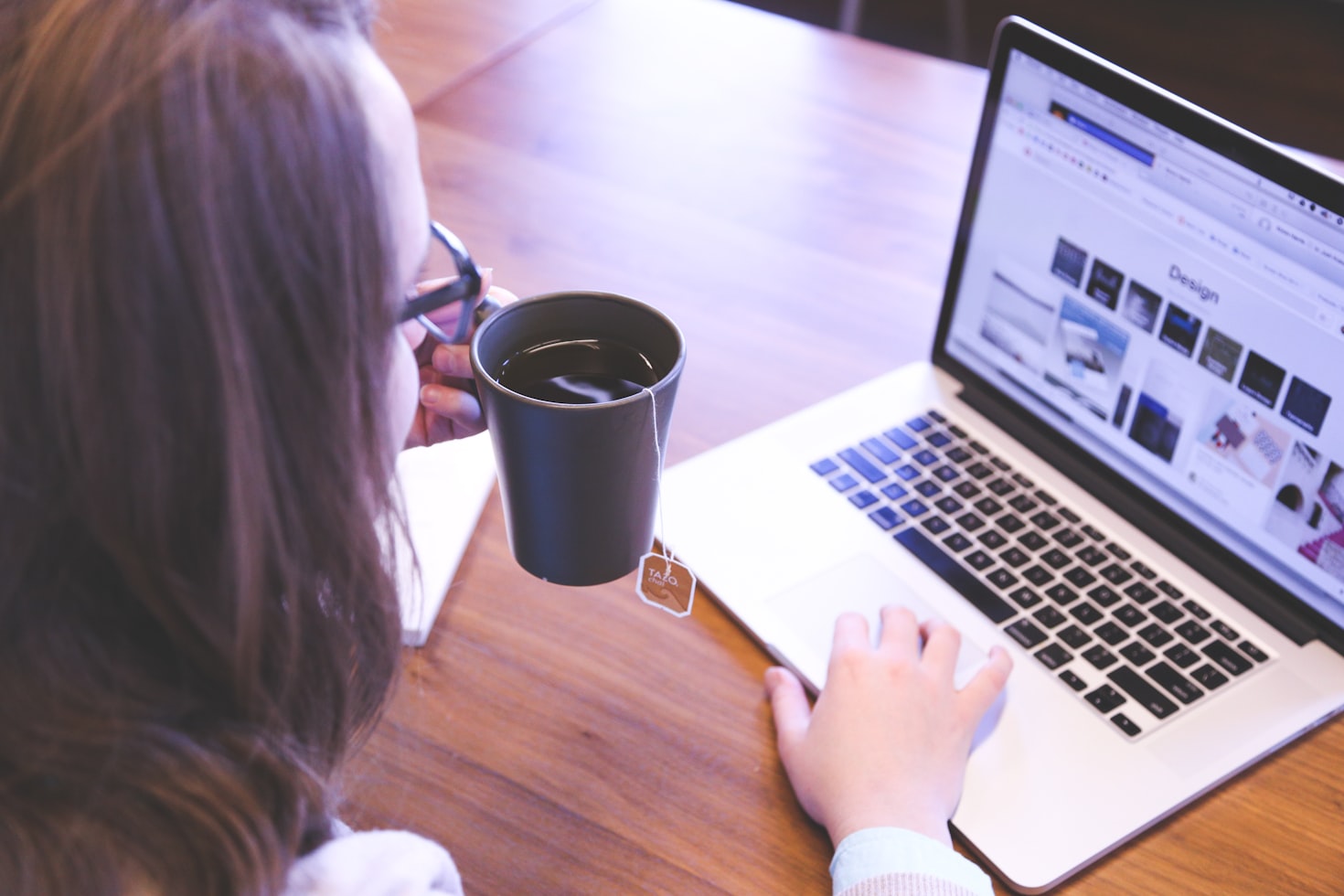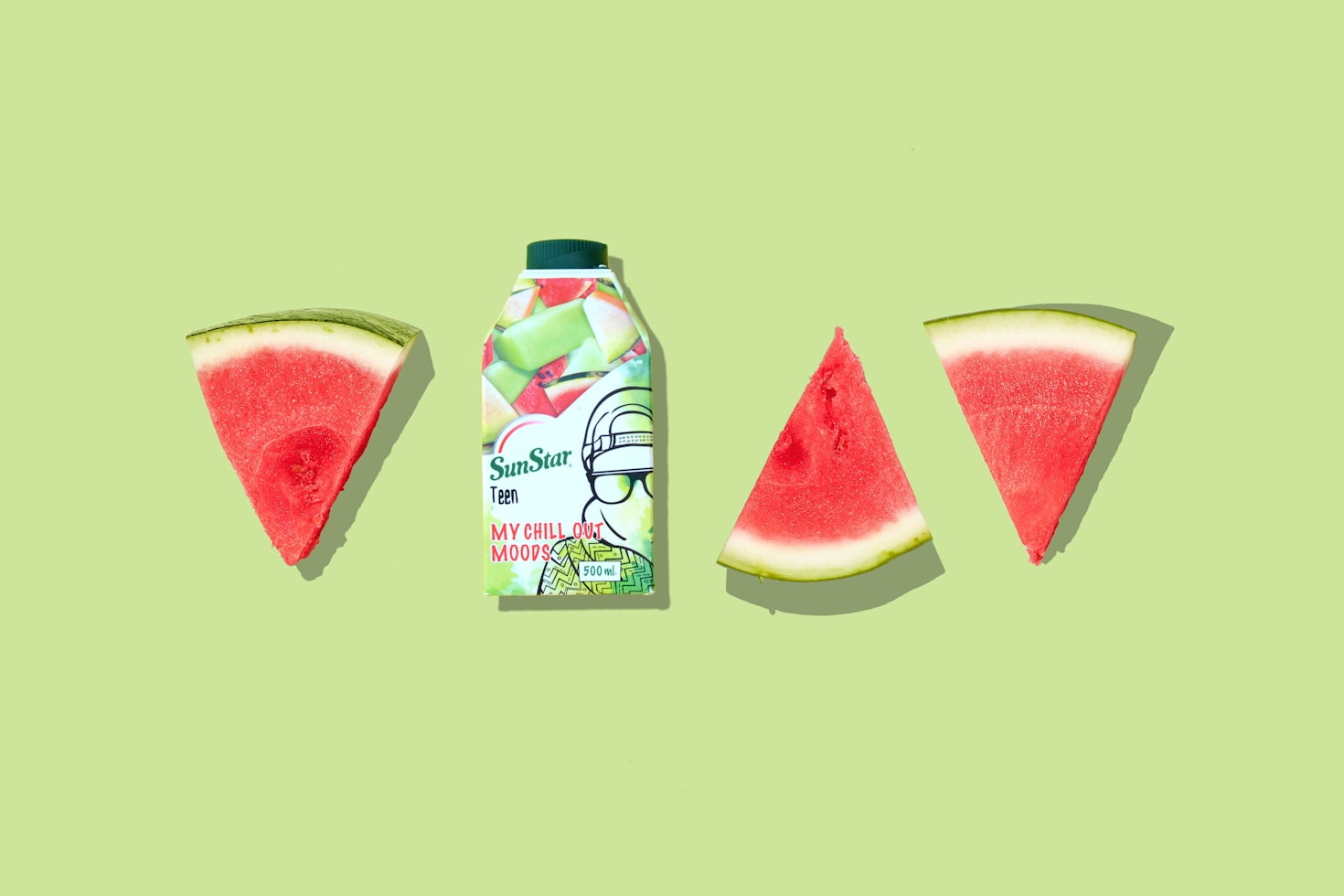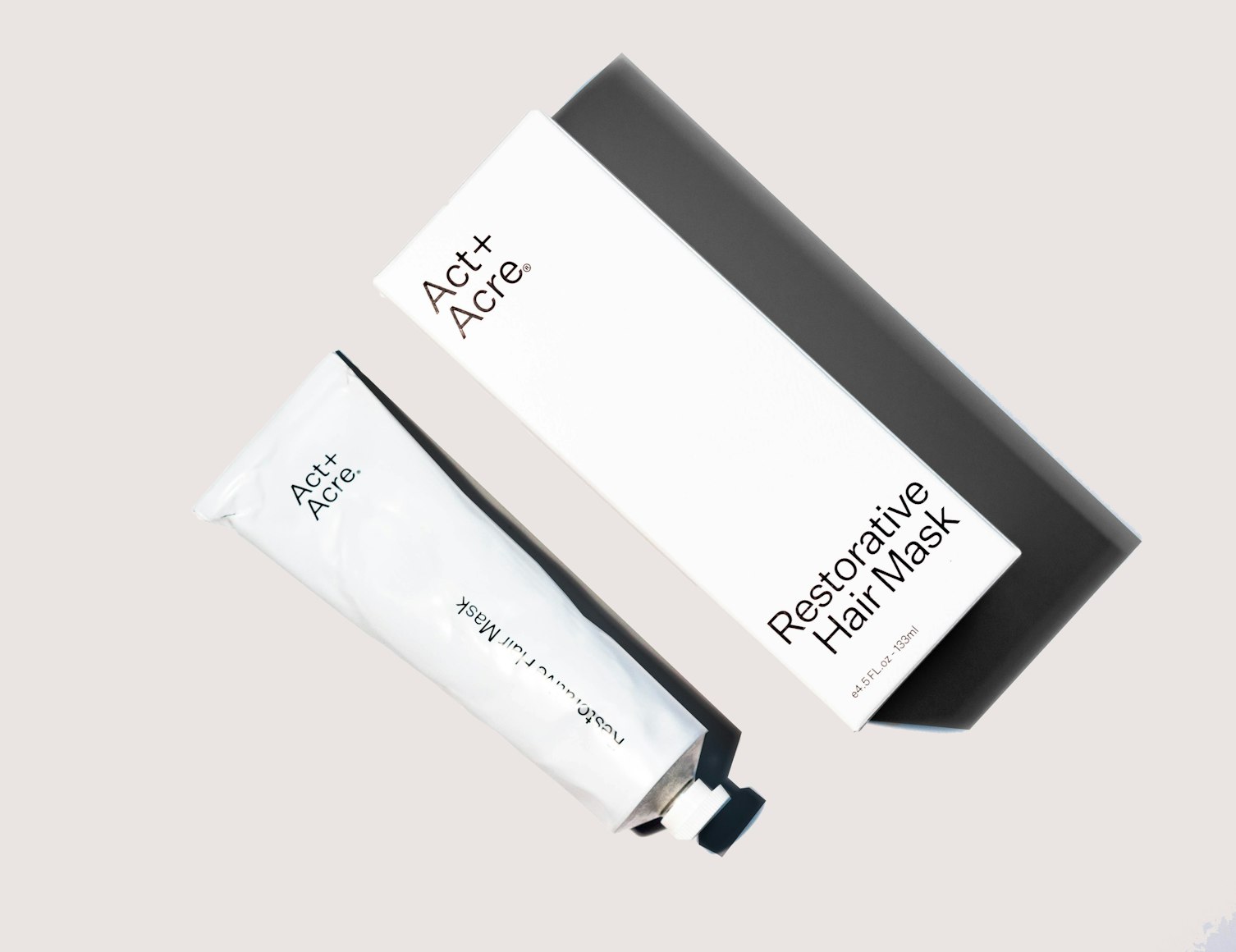The landscape of product photography is witnessing a revolutionary change. This article ventures into the captivating realm of “ai photography,” setting it against the backdrop of conventional techniques. We’re set to uncover how AI is revolutionizing product presentation, providing e-commerce brand owners with new insights.
Journey with us as we compare the swift precision of AI with the genuine creativity of traditional photography, dissecting the advantages and challenges each method brings to the table.

Comparing AI and Traditional Photography for Product Photos
When it comes to capturing product photos, businesses have traditionally relied on manual photography techniques. However, with the rise of AI technology, there is now an alternative approach that offers numerous advantages.
Let’s compare AI and traditional photography methods for product photos:
1. Image Quality
Skilled photographers can capture high-quality product images using professional equipment and techniques. However, achieving consistent image quality across a large number of products can be challenging.
On the other hand, AI-powered algorithms can analyze and enhance product images automatically, resulting in consistent and visually appealing photos. These algorithms can adjust lighting, color balance, and sharpness to produce high-quality images consistently.
2. Editing Workflow
Editing product photos manually can be time-consuming and labor-intensive. Each image needs to be individually adjusted, which can slow down the overall process. Meanwhile, AI generated background technology streamlines the editing workflow by automating many processes. With AI-powered tools, businesses can apply batch edits to multiple product photos simultaneously, saving time and resources.
3. Consistency
Maintaining consistent branding across product photos can be challenging with traditional photography methods. Different photographers may have varying styles, resulting in inconsistencies in image composition and visual elements. However, AI algorithms can be trained to recognize specific brand elements and ensure their consistent presence in all product images. This helps create a cohesive visual identity that resonates with customers and reinforces brand loyalty.
4. Object Recognition and Tagging
Organizing large image databases manually can be a daunting task. Each image needs to be individually tagged or labeled, which is time-consuming and prone to human error.
AI algorithms, on the other hand, excel at object recognition and tagging. They can quickly identify objects within product photos and automatically assign relevant tags or labels. This feature simplifies the process of categorizing and searching for specific images, improving overall efficiency in managing visual assets.

5. Time-to-Market
Traditional photography methods can be time-consuming, especially when dealing with a large number of products. This can delay the time it takes to bring products to market.
AI-powered image processing. however, significantly reduces the time it takes to produce high-quality product photos. With automated algorithms, businesses can quickly generate a large volume of product images, enabling faster time-to-market and giving them a competitive edge.
6. Cost Efficiency
Hiring professional photographers and investing in high-quality equipment can be costly for businesses, especially when dealing with a large number of products.
On the other hand, by automating the product photography process, businesses can save on costs associated with manual editing and adjustments. AI technology eliminates the need for extensive human intervention, reducing labor costs and increasing overall efficiency.

Benefits of Using AI for Product Photos
Speed and Accuracy
AI photography stands out for its incredible speed and accuracy. Automated image processing can churn out high-quality photos in a fraction of the time it takes for traditional photography. This efficiency is a boon for e-commerce platforms where time is of the essence.
Consistency and Automation
Another significant advantage of AI in photography is its ability to maintain consistency. Automated systems ensure that every image adheres to predefined standards, providing a uniform look across all product photos.
Enhanced Image Quality
AI product photography can significantly improve the quality of product photos. These algorithms analyze various aspects of an image, such as lighting, color balance, and sharpness, and make precise adjustments to enhance the overall visual appeal. The result is high-quality product images that capture the attention of potential customers and showcase products in the best possible light.

Efficient Editing Workflow
Traditional photo editing methods often require manual adjustments that can be time-consuming and labor-intensive. AI technology streamlines the editing workflow by automating many of these processes. With AI-powered tools, businesses can quickly apply batch edits to multiple product photos simultaneously, saving valuable time and resources.
Consistent Branding
Maintaining consistent branding across product photos is essential for building brand recognition and trust. AI algorithms can be trained to recognize specific brand elements, such as logos or color schemes, and ensure their consistent presence in all product images. This consistency helps create a cohesive visual identity that resonates with customers and reinforces brand loyalty.
Future Trends and Potential of AI in Product Photography in 2024
In 2024, AI is really changing how we design things. It’s helping in many areas like making products, websites, and apps. AI makes it easier for designers to come up with new ideas and make better designs quickly. Some of the cool things happening include 3D designs that feel real, thanks to virtual reality, and websites that AI can almost build by itself. AI is also helping designers work together better, no matter where they are. Plus, it’s making sure designs are simple, clear, and good for everyone, including people with disabilities.
Staying on top of all these AI changes is important for designers. They can learn more through online courses, reading research, and joining groups that talk about AI. With all these changes, designers have to think about how to keep being creative while using AI and how to make sure their designs are fair and include everyone. AI is making design more exciting and is opening up new ways to create things that are both useful and look great.
Practical Tips for Integrating AI in Product Photography

Choosing the Right AI-Powered Camera or Software
When integrating AI into your product photography workflow automation, it’s crucial to select the right AI-powered camera or software. Conduct thorough research and compare different options available in the market. Consider factors such as image quality, ease of use, compatibility with your existing equipment, and the specific AI features they offer. Look for features like automatic image enhancement, object recognition, and background removal to streamline your photography process.
Utilizing AI for Automatic Image Enhancement
One practical tip for integrating AI in product photography is to leverage its capabilities for automatic image enhancement. AI can automatically adjust brightness, contrast, color balance, and other parameters to enhance product images. By using AI-powered software or tools, you can quickly enhance multiple images in batch-processing mode. Experiment with different enhancement settings to find the optimal balance between natural-looking results and highlighting product details.
Implementing Object Recognition for Efficient Editing
Another valuable tip is to implement object recognition using AI algorithms. These algorithms can identify specific objects within an image, such as products or their attributes. By leveraging object recognition, you can automatically tag products with relevant metadata, making it easier to organize and search for specific images later. Additionally, object recognition can automate editing tasks like cropping, resizing, or applying filters to specific product elements.

Streamlining Background Removal with AI
Background removal is a crucial aspect of product photography as it allows you to present products on a clean and consistent background. To streamline this process, consider using AI-powered tools that accurately detect and remove backgrounds from product images. This saves you time and effort compared to manual editing. Ensure that the AI tool you choose can handle beautiful background and maintain the product’s fine details during the removal process.
Enhancing Product Visualization with AI-Generated Images
AI can also be used to enhance product visualization by generating realistic images based on existing photographs or 3D models. This technique is particularly useful for showcasing product variations, such as different colors or configurations, without the need for additional photoshoot background. Experiment with different AI background generator algorithms to find the one that best suits your product visualization needs and enhances the overall visual appeal of your products.
Training Custom AI Models for Personalized Product Photography
Consider training your own AI models for customized product photography. Collect a diverse dataset of product images and use it to train the AI model to recognize and enhance specific product attributes. Fine-tune the model over time to improve its accuracy and efficiency in handling your unique product photography challenges. This personalized approach can help you achieve better results and meet your specific business goals.
By following these practical tips, you can effectively integrate AI into your beautiful photography workflow. This will save you time, improve image quality, and enhance the overall visual appeal of your products. Experiment with different AI tools and techniques to find the ones that best align with your business goals and requirements. Embrace the power of AI to take your product photography to new heights.
Conclusion: Finding the Right Balance
The choice between traditional professional background images and AI isn’t black and white. Each has its strengths and limitations. E-commerce brand owners are encouraged to find a thoughtful blend of both, leveraging the efficiency of AI while retaining the authenticity of traditional methods.
Elevate your Amazon product imagery with ProductScope’s AI-powered photography backdrops! Imagine your product in any setting – a sunlit breakfast table, a cozy reading nook, or even a mountain summit. Our AI Photoshoot feature transforms your vision into stunning, high-quality images at a fraction of the cost. Unleash your creativity and watch your product images stand out. Try ProductScope now!
Sign Up for ProductScope AI Today!
Related Articles:
- Traditional vs AI Product Photography: A Fresh Perspective
- Etsy Listing Photo Size Requirements Updated for 2024
- A Step-by-Step Guide on How to Create a Tilt-Shift Effect in Photo
FAQs
What Does AI Mean for Analog Photographers?
AI in photography introduces a new dimension of digital manipulation and image creation, challenging the authenticity and traditional values of analog photography. It sparks a debate on the true nature and value of photographic art.
Will AI Discredit All Digital Photography and Return Value to True Organic Traditional Tools?
AI won’t discredit digital photography but will differentiate it from traditional methods. It highlights the unique value of organic, traditional photography in an era increasingly dominated by digital and AI-enhanced beautiful pics.
How Will AI Power the Future of Photography?
AI will revolutionize photography by automating editing, enhancing image quality, and offering creative possibilities. It’s set to transform how we capture, process, and perceive photographic content, making it more efficient and innovative.
Will Photography Be Replaced by AI?
Photography won’t be replaced by AI but will coexist and evolve with it. AI will augment photography, offering tools for enhancement and creativity, while traditional photography will remain valued for its authenticity and human touch.
What is the difference between traditional photography and modern photography?
Traditional photography typically involves analog processes, using film cameras where images are captured on photographic film and developed in a darkroom. Modern photography predominantly uses digital cameras and editing software, allowing for immediate image review, extensive image manipulation, and easier storage and sharing.
Is AI replacing photography?
AI is not replacing photography but rather enhancing it. AI technologies are being used to improve camera functionalities, assist in editing, and even generate artistic interpretations of photographs. However, the core creativity and decision-making in photography still heavily rely on human skills.
Which mode is best for product photography?
Aperture Priority mode is often recommended for product photography because it allows the photographer to control the depth of field by adjusting the aperture while the camera automatically sets the shutter speed. This mode helps in focusing on the product while blurring the background, making the product stand out.
What is the difference between still life photography and product photography?
Still life photography involves capturing images of inanimate subjects, typically a group of objects arranged creatively to convey a particular mood or theme. Product photography is a subset of still life that focuses specifically on photographing products in a way that enhances their features for advertising or catalogues. The primary aim of product photography is to present the product clearly and attractively for commercial purposes.


